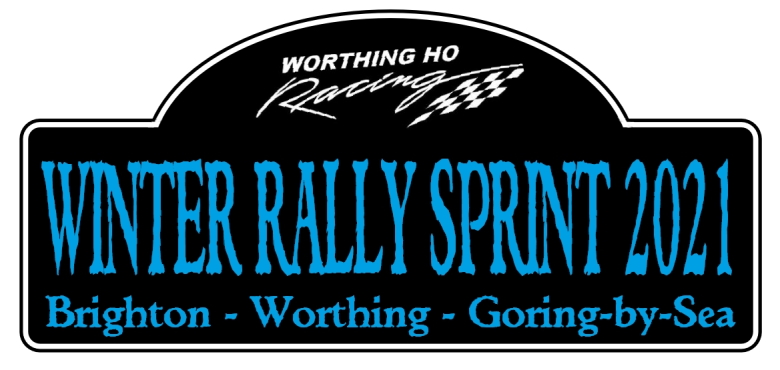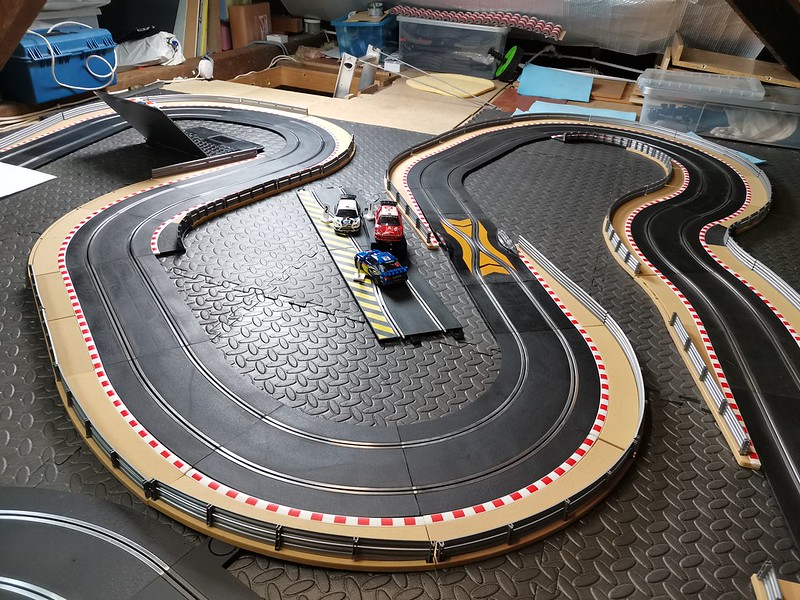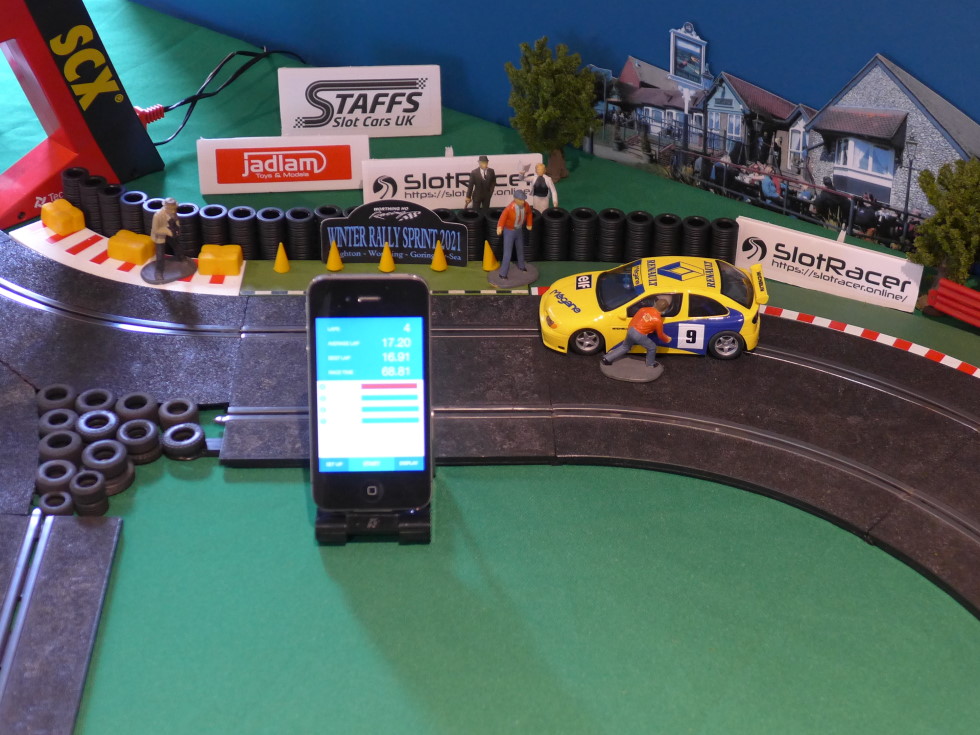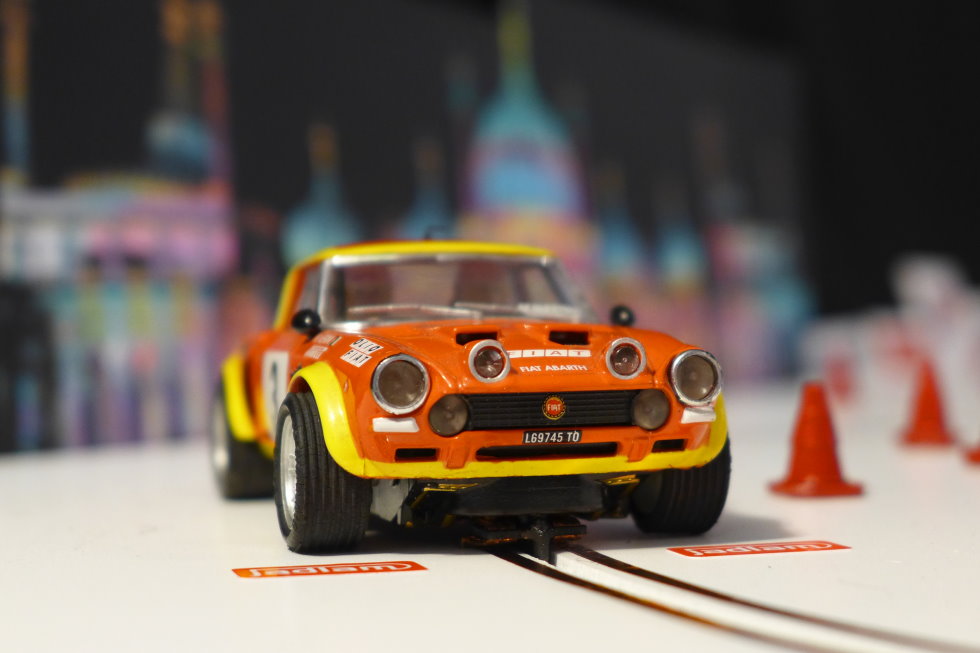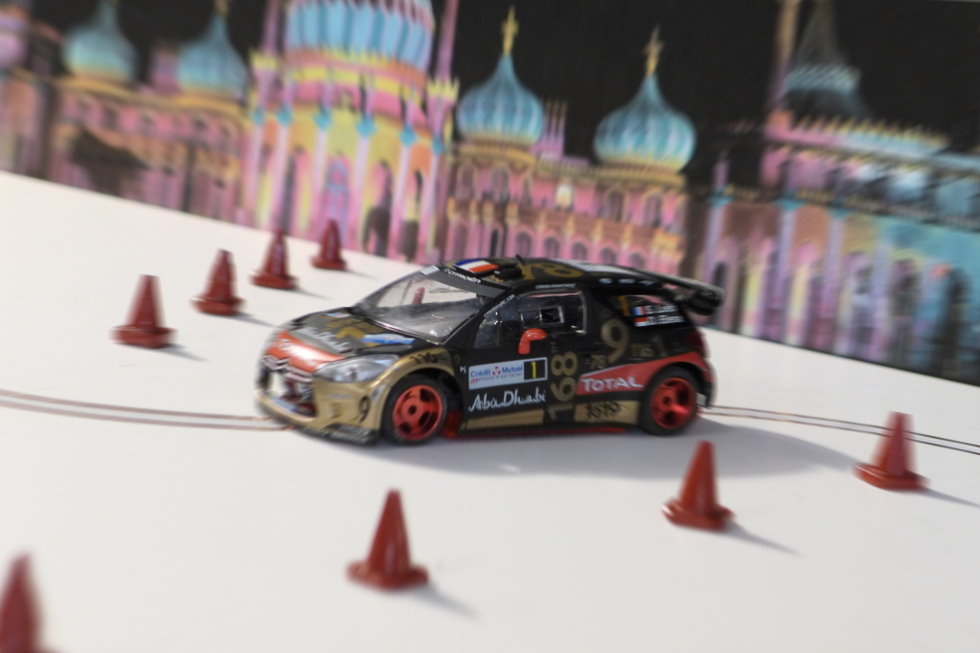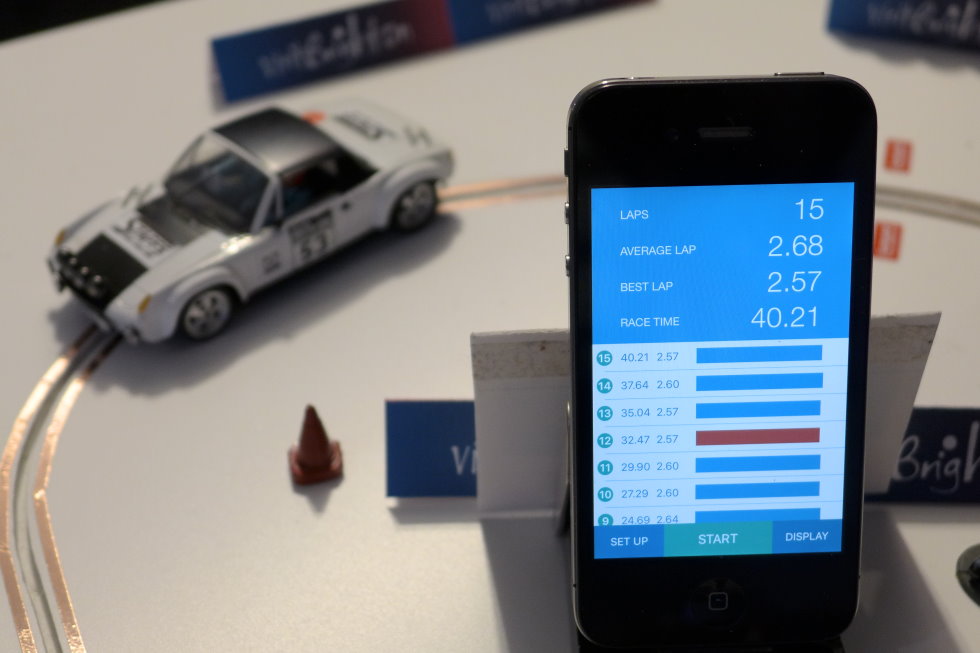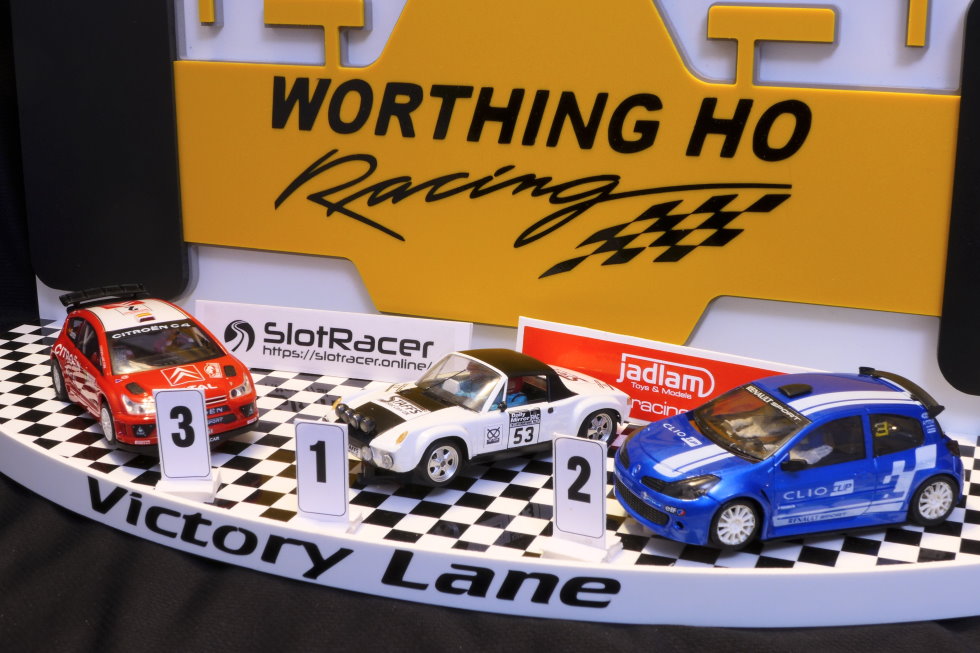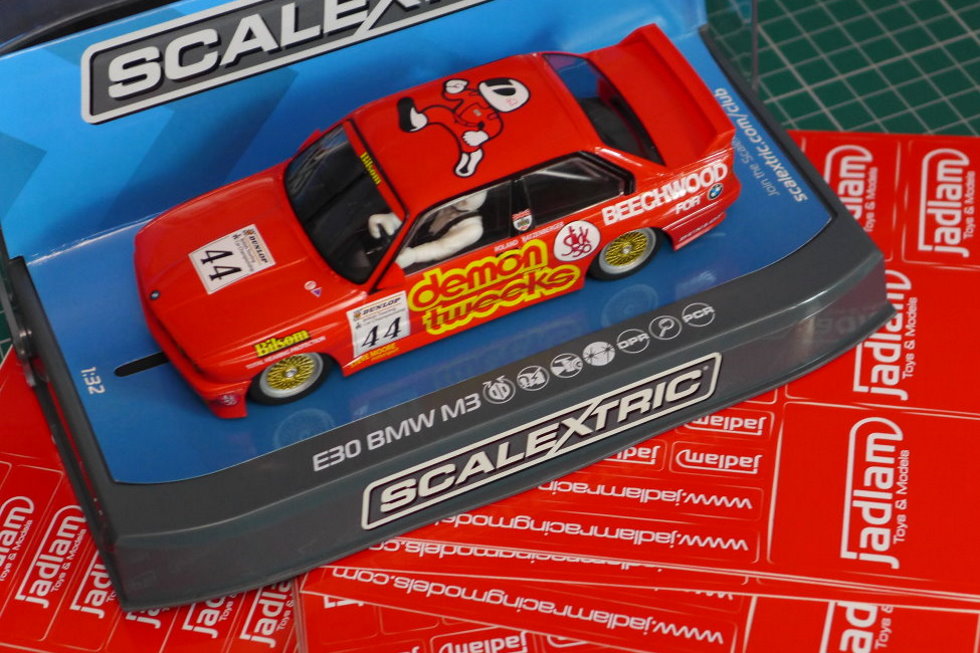Want to organise your own socially-distant slot rally event? Here’s how…
I’m usually a club racer – enjoying 1/64 scale and full-size Scalextric Digital action at my club in Worthing. Coronavirus has scuppered all that and we’ve not raced together since March 2020. Instead – with the support of Jadlam Toys & Models – we’ve organised some Covid-safe mail-in ‘proxy’ racing events. The most recent was a mammoth eleven-stage Rally-Sprint held over seven weeks in Brighton, Worthing and Goring-by-Sea.
‘Proxy’ is a type of slot car racing with a long history – it basically means someone else drives your car for you. That might work well if the competitors are spread out geographically – the other end of the country or the other side of the world. Or, like at the moment, it’s impossible for people to meet and race together.
It’s very different to ‘normal’ slot car racing with family, friends or club mates. Usually one car runs after another and their times are compared. That’s just like real-life formats such as drag racing, time trials, hillclimbs, rally stages and club sprints. I do like my slot racing to be a miniature version of something real…
For our Rally-Sprint event, competitors sent their cars by post to the first host venue in Brighton. Once checked over to make sure they complied with the rules and regs, each car was raced by the host for a certain number of laps and the overall time recorded. The cars then moved to the next venue and raced again. And so on, for the four venues and the eleven stages. The times for each stage were added together and the winner of the event was the car who’d completed all the stages in the least amount of time.
We called our event a Rally-Sprint because we had a mix of rally-style stages and others that were shorter and more like a club sprint – cars timed individually over a lap or two of a circuit. We used different track systems – Scalextric Sport, ‘classic’ Scalextric, SCX, Ninco, Ninco Off-Road and a small routed track. That gave us a nice variety of track surfaces, plus two of the stages took place on a hillclimb – which had some steep gradients. Other stages took place in the gloom at dusk or dawn.
Four of us hosted stages in our various homes, with lockdown-legal road transfers and Covid-safe decontamination in between. It would have been nice to include more club members as helpers, but lockdown #3 meant that wasn’t possible this year.
The racing itself was really exciting. There were 46 cars sent by 28 people from the local area and further-flung parts of the country. Different cars were matched in three different classes – an ‘old’ 1990-2000 Scalextric World Rally class; a modern DPR Scalextric 80s Group B class; and a very broad nationally-agreed UK Slot Rally class. I’ll take a look at ‘proper’ slot rallying another time – it’s a fascinating branch of our hobby.
From the first stage to the last, gaps between the front runners were just a second or two – sometimes fractions of a second. Some cars did better than others on one type of stage, but then that advantage was reversed on different track surfaces or layouts. There was heartbreak when leading cars hit problems and excitement when other cars edged up the leaderboard…
Everyone was able to keep up with the action – wherever they were in the world – through results, pictures and reports posted on the SlotRacer forum and six of the stages were streamed live on Facebook. I can tell you, there’s a lot of pressure on the driver when you know you have a live audience!
I had the honour of driving the final stage on the tiny routed ‘Brighton Pavilion Ice Rink’ track. The top two went into the stage just 2.7 seconds apart. I didn’t want a driving error to determine the outcome of the entire eleven-stage event… and Facebook told me there were about twenty people watching! I held my nerve, the first and second-place had fast, clean runs – the leader won the stage and the runner-up came third, just 0.3 of a second slower on the day and 3.04 seconds behind after the eleven stages. That was close!
All the competitors received a sheet of Jadlam stickers and the winner – Phil – got a lovely Scalextric BMW M3, kindly donated by Jadlams. The club also presented medals to the overall and class podium finishers and produced WHO Winter Rally-Sprint stickers for everyone who took part.
We enjoyed the event so much, we’ll be doing it again next January and February – whatever is happening with the pandemic and our club racing. It’s also a type of racing that’s possible for anyone to do – although it probably works best for groups who know each other, but are separated by distance or a pandemic. It’s the basis for a great family activity in a world that’s connected by technology.
All you need is an idea – a vision for the event you want to create in miniature – a track or several tracks, a way of timing cars, some rules to create a level playing field and then a way of sharing the coverage and the results – even live streaming the action. In my blog post about building rally loops, I did look at some simple ways of creating and timing rally stages for Scalextric cars – definitely worth having a look at.
Of course, it doesn’t need to be a rally and you don’t need to use rally cars – Scalextric haven’t given us many of those in recent years. Rallying is just one option, the other formats I mentioned – hillclimbs, club sprints, drag racing or speed trials all work perfectly too. Let your imagination carry you away!
As a way of remembering our Rally-Sprint, I collected together the results, reports, pictures and some short articles into a commemorative pdf fanzine. You can download it here from SlotRacer Online. Maybe it’ll give you some ideas for new ways of racing and enjoying this great hobby of ours.



